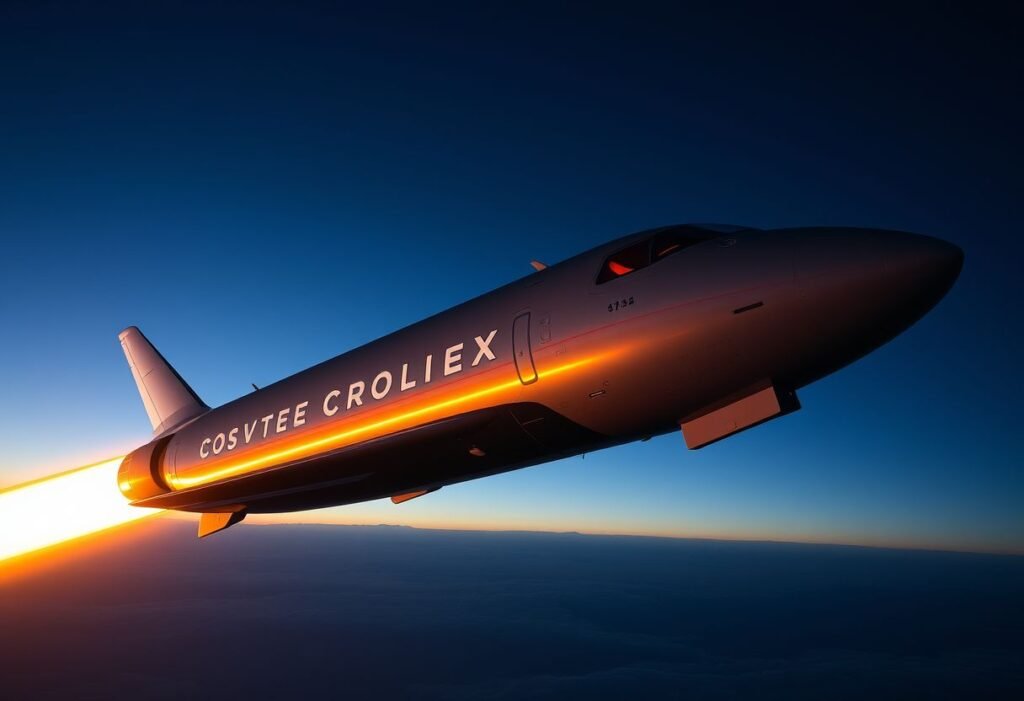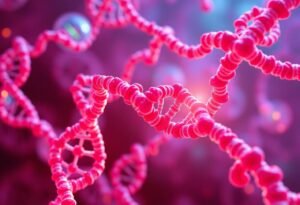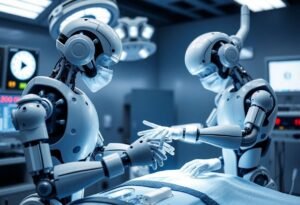NASA has encountered an unexpected turn of events as it prepares to bring the two Starliner astronauts safely back to Earth. These astronauts, currently stationed at the International Space Station (ISS), will journey home aboard a SpaceX Dragon spacecraft. This decision emphasizes the ongoing collaboration and flexibility required in the ever-evolving field of space exploration.
Starliner Astronauts’ Unforeseen Journey
The recent announcement from NASA regarding the return of its Starliner astronauts has raised eyebrows in the aerospace community. Initially intended to return in their own spacecraft, the astronauts will now travel home on a SpaceX Dragon vehicle. This situation is not just a minor setback, but rather reflects the complexities and challenges associated with space missions. The cooperation between NASA and SpaceX signifies a significant step in utilizing various spacecraft to enhance human spaceflight capabilities.
Implications for NASA’s Crew Transport Strategy
This unexpected decision has wide-ranging implications for NASA’s crew transportation strategy. The Starliner program, developed by Boeing, has faced several delays and challenges, which necessitated a reconsideration of operational plans. Utilizing the Dragon spacecraft allows NASA to ensure a timely return for its astronauts while continuing to rely on innovative solutions. Such adaptations can improve future mission designs and enhance safety protocols within the industry.
Technical Challenges of the Starliner Program
The Starliner program has encountered technical issues that have hindered its progress. These challenges include software malfunctions and validation requirements that must be met before astronauts can safely use the spacecraft for transportation. By opting for the Dragon spacecraft, NASA is making a prudent decision amid ongoing tests and adjustments. This scenario showcases how even complex aerospace projects must be agile enough to pivot when obstacles arise.
SpaceX’s Role in the Return Mission
SpaceX has established itself as a reliable partner for NASA, particularly with its Dragon series of spacecraft. Having successfully conducted numerous missions to the ISS, the Dragon spacecraft has proven its efficiency and reliability. This partnership highlights the importance of private sector innovations within the space industry, fostering a new era of commercial space travel. The capability to safely transport NASA astronauts back to Earth is a testament to the robust performance of SpaceX’s technology.
Future of the Starliner Program
Despite this setback, the Starliner program remains integral to NASA’s long-term vision for space exploration. Boeing continues to address the technical barriers while laying a foundation for future crewed missions. The ability to return astronauts safely is critical to maintaining trust in the program and ensuring the success of upcoming launches. As NASA looks ahead, the success of the Dragon mission will undoubtedly influence the trajectory of the Starliner project.
Innovation in Space Transportation
The collaboration between NASA and SpaceX serves as a reminder of the ongoing innovations in space transportation. As the industry evolves, partnerships and technological advancements will play crucial roles in shaping the future of space exploration. The integration of various spacecraft operations not only reflects adaptability but also highlights the collective efforts toward exploring beyond our planet. In an age where efficiency and safety are paramount, the unique synergy between government and private entities will continue to drive remarkable achievements in aerospace.
Disclaimer: The information provided in this article reflects current data and developments regarding space missions and partnerships. Please refer to official sources for the most accurate updates.





















